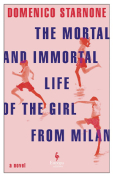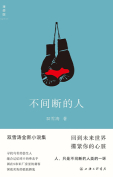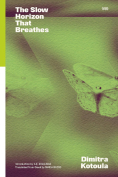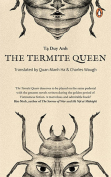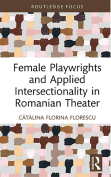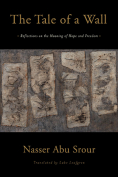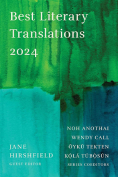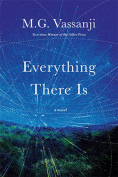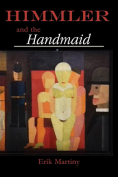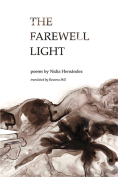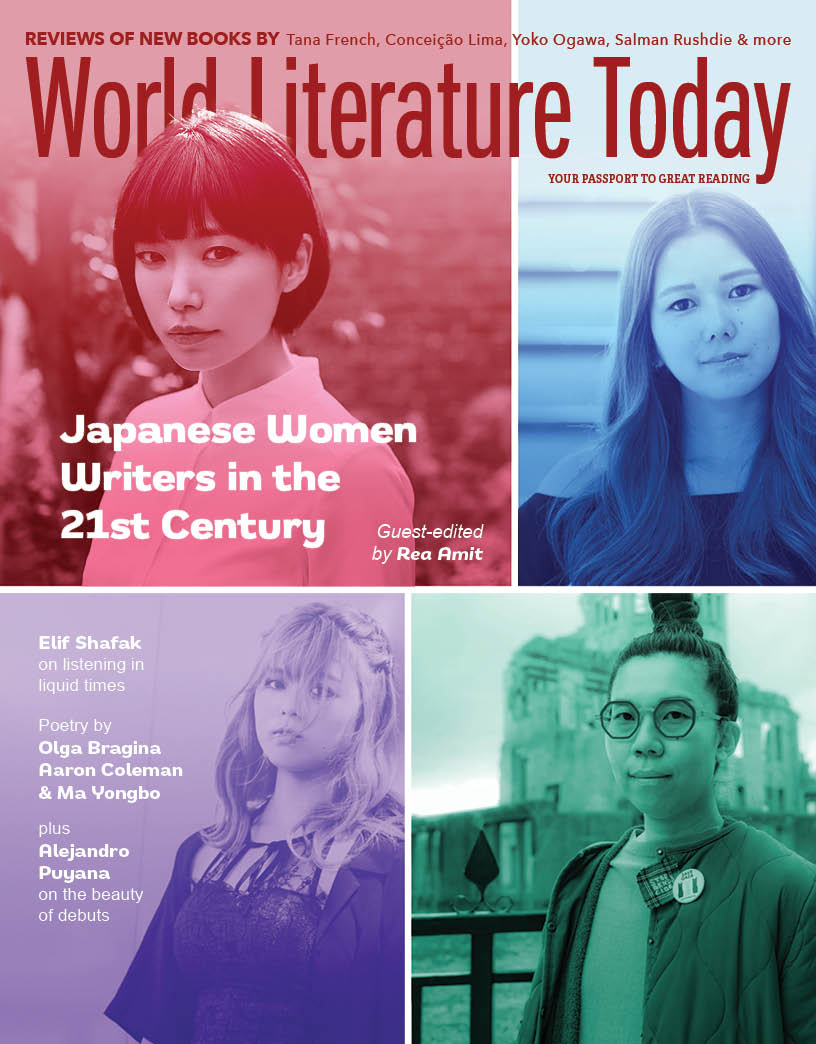This Is Amiko, Do You Copy? by Natsuko Imamura
 London. Pushkin Press. 2023. 128 pages.
London. Pushkin Press. 2023. 128 pages.
When Natsuko Imamura (b. 1980) initially published the novella This Is Amiko, Do You Copy? under the title “The New Daughter” in 2010, it won the 26th Dazai Osamu Prize for new authors. The title was changed when the novella was republished the next year with another Imamura novella (Pinku) and garnered the 24th Mishima Yukio Prize. The question of the title change is interesting. The first points to the eponymous protagonist, Amiko, as an outsider: she and her elder brother, Kota, are adopted into the Tanaka family under unexplained circumstances. This unusual position is compounded by her inability to function in society as others do (although “society” in this case is largely confined to elementary and junior high school). We are never given any clinical explanation for Amiko’s abnormal behavior and difficulty understanding many of the most basic social cues.
The revised title makes oblique reference to a pair of walkie-talkies Amiko received as a birthday present. They serve as a metaphor for both her desire and inability to talk with someone: first Kota and then her stillborn sibling. Indeed, it seems that Amiko’s greatest desire is to speak with another person. Nori, on whom she has a crush, tolerates her up to a point, but he does not actually engage with her as she would like. Indeed, his most significant interaction is violent and lasting, although Amiko’s natural construction of the world renders the effect rather flat. Ultimately, she never truly receives the legitimation that a sustained conversation with another human would bestow.
Imamura has crafted an engaging vignette, fluidly and creatively translated by Hitomi Yoshio, that joins a growing number of contemporary works from Japan exploring the outsider. She asks us to consider those whose lives intersect jarringly with society’s expectations but offers no resolution to Amiko’s predicament. There is no “happily ever after” in this story, but neither is there a clear sense that Amiko is dissatisfied, save for one poignant observation that “Father hadn’t exactly lied. He’d asked Amiko if she wanted to move, but he never said anything about moving together.” That this may occasion greater indignation in the reader than the protagonist may be the clearest indication of Amiko’s disconnect from the social signals that govern the lives of “normal” people.
However comfortable Amiko may be with such a misalignment, we recognize that this dimension of her existence will forever be with her. Whatever sympathy or regret we might feel at this truth must also be tempered with an awareness of our own investment in the preservation of norms against which Amiko is being implicitly measured. In that compelled assessment lies Imamura’s gift to us.
Erik R. Lofgren
Bucknell University

